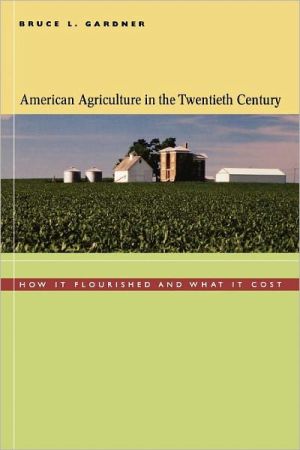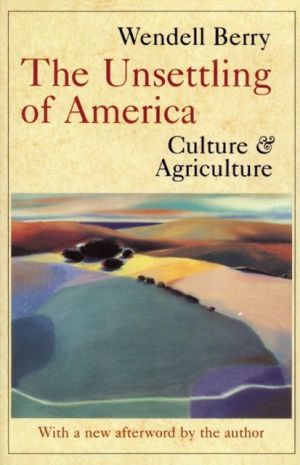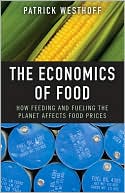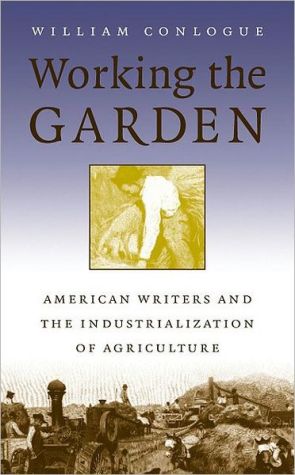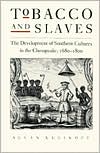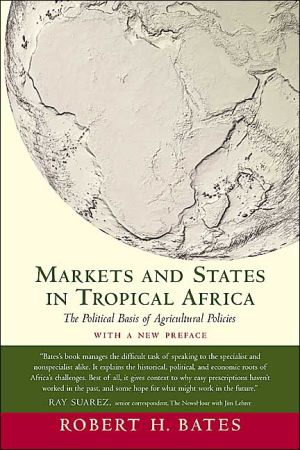American Agriculture in the Twentieth Century: How It Flourished and What It Cost
American agriculture in the twentieth century has given the world one of its great success stories, a paradigm of productivity and plenty. Yet the story has its dark side, from the plight of the Okies in the 1930s to the farm crisis of the 1980s to today's concerns about low crop prices and the impact of biotechnology. Looking at U.S. farming over the past century, Bruce Gardner searches out explanations for both the remarkable progress and the persistent social problems that have marked the...
Search in google:
American agriculture in the twentieth century has given the world one of its great success stories, a paradigm of productivity and plenty. Yet the story has its dark side, from the plight of the Okies in the 1930s to the farm crisis of the 1980s to today's concerns about low crop prices and the impact of biotechnology. Looking at U.S. farming over the past century, Bruce Gardner searches out explanations for both the remarkable progress and the persistent social problems that have marked the history of American agriculture.Gardner documents both the economic difficulties that have confronted farmers and the technological and economic transformations that have lifted them from relative poverty to economic parity with the nonfarm population. He provides a detailed analysis of the causes of these trends, with emphasis on the role of government action. He reviews how commodity support programs, driven by interest-group politics, have spent hundreds of billions of dollars to little purpose. Nonetheless, Gardner concludes that by reconciling competing economic interests while fostering productivity growth and economic integration of the farm and nonfarm economies, the overall twentieth-century role of government in American agriculture is fairly viewed as a triumph of democracy. E. H. Tuma - Choice In an ambitious attempt to synthesize research and findings on US agriculture over the last century, Gardner...examines technology (both mechanical and biotechnical inventions and innovations), government policies, measurement of costs and benefits, and incomes of farms and households, elements considered basic to increases in productivity...Gardner's study shows that agricultural output has grown immensely, productivity has increased manifold, and that farm population and labor have declined radically in proportion to the population and the labor force.
Preface1Introduction12Technology83Farms484Farm Communities925Markets1286Government I: Public Investment and Regulation1767Government II: Commodity and Trade Policy2138Explanations2509Regions and States27810Counties30711Findings and Policy Implications339References357Index379
\ ChoiceIn an ambitious attempt to synthesize research and findings on US agriculture over the last century, Gardner...examines technology (both mechanical and biotechnical inventions and innovations), government policies, measurement of costs and benefits, and incomes of farms and households, elements considered basic to increases in productivity...Gardner's study shows that agricultural output has grown immensely, productivity has increased manifold, and that farm population and labor have declined radically in proportion to the population and the labor force.\ — E. H. Tuma\ \ \ \ \ \ The HistorianIn this important study of American agriculture during the century just past, the distinguished agricultural economist Bruce L. Gardner explores…important issues surrounding this vital U.S. industry, from technology and farm communities to markets and policy implications. Gardner works familiar ground, but he does it with the skills of an economist who knows how to make his findings reasonably accessible to the interested noneconomist.\ — Virgil W. Dean\ \ \
